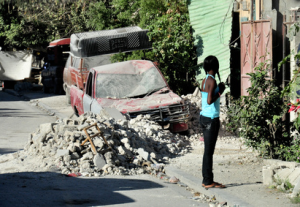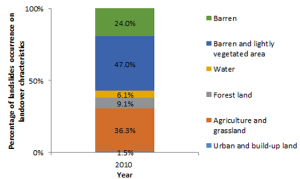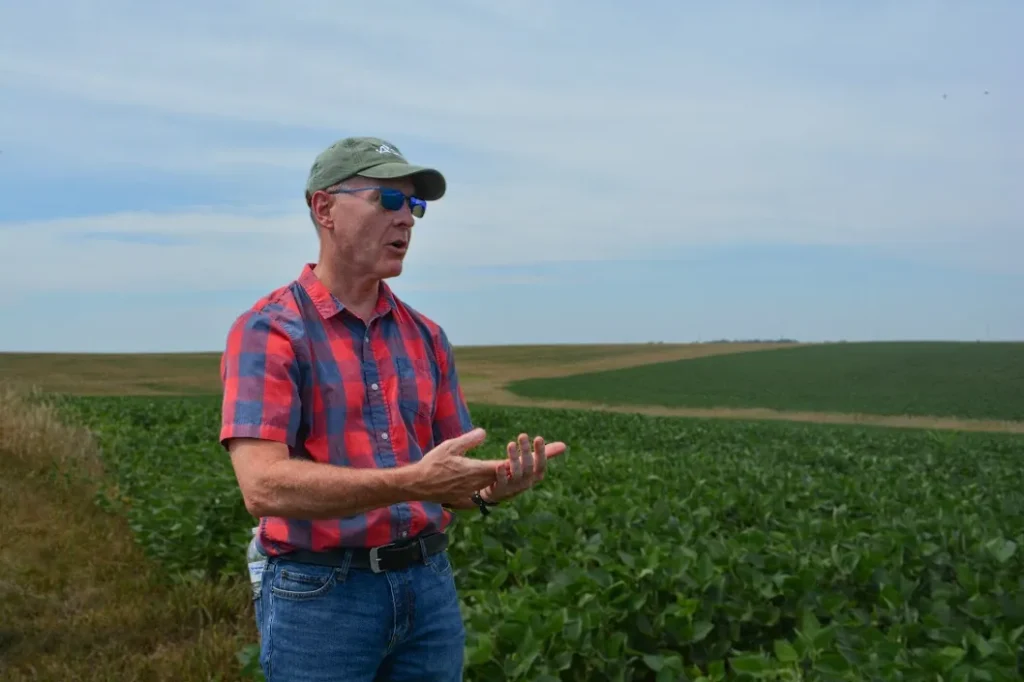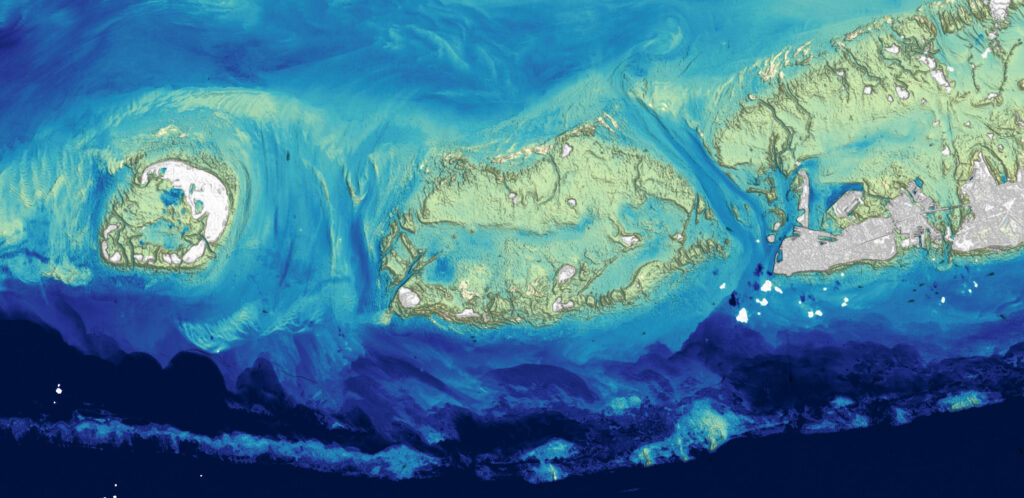

Presentation title:
Effects of Earthquake and Human Migration on Land Cover Change and Mass Wasting from the 2010 Haiti Earthquake
What are the major findings of your research?
I found that overall landslide events increased, but newer landslide events in each study area showed different trends after the earthquake. Anthropogenic activities did not induce landslides in forested land areas. However, frequently used areas such as agricultural lands, grasslands, and lightly vegetated regions had increased landslides. People who evacuated from Port-au-Prince tended not to disturb forested land, but rather accessible lands such as grasslands and lightly vegetated areas.
What insight did you gain from Landsat that would have been impossible to glean otherwise?
Landsat is an amazing tool for revealing problems on surface of the earth. I have used Landsat images to generate land cover maps for my study areas as well as landslide inventory maps. It would have been very difficult to classify landuse from aerial photographs instead of Landsat images.
Are there ways in which your research will help Haitians?
If observations from this study are utilized in land use planning, there may be a reduction of landslides and that will help the Haitian people avoid this type of hazard. This research studied the complex relationship between the human movement and landslide occurrence. Earthquakes are inevitable hazards which happen unpredictably, but landslides can sometimes be predicted. Population movement affected particular types of landcover in Haiti and induced mass wasting.
Co-author:
Jejung Lee
University of Missouri-Kansas City
Anyone can freely download Landsat data from the USGS EarthExplorer or LandsatLook.
Further Reading:
+ Landsat at #AGU15






